Home>Articles>How Much Does It Cost To Install A Fireplace And Chimney
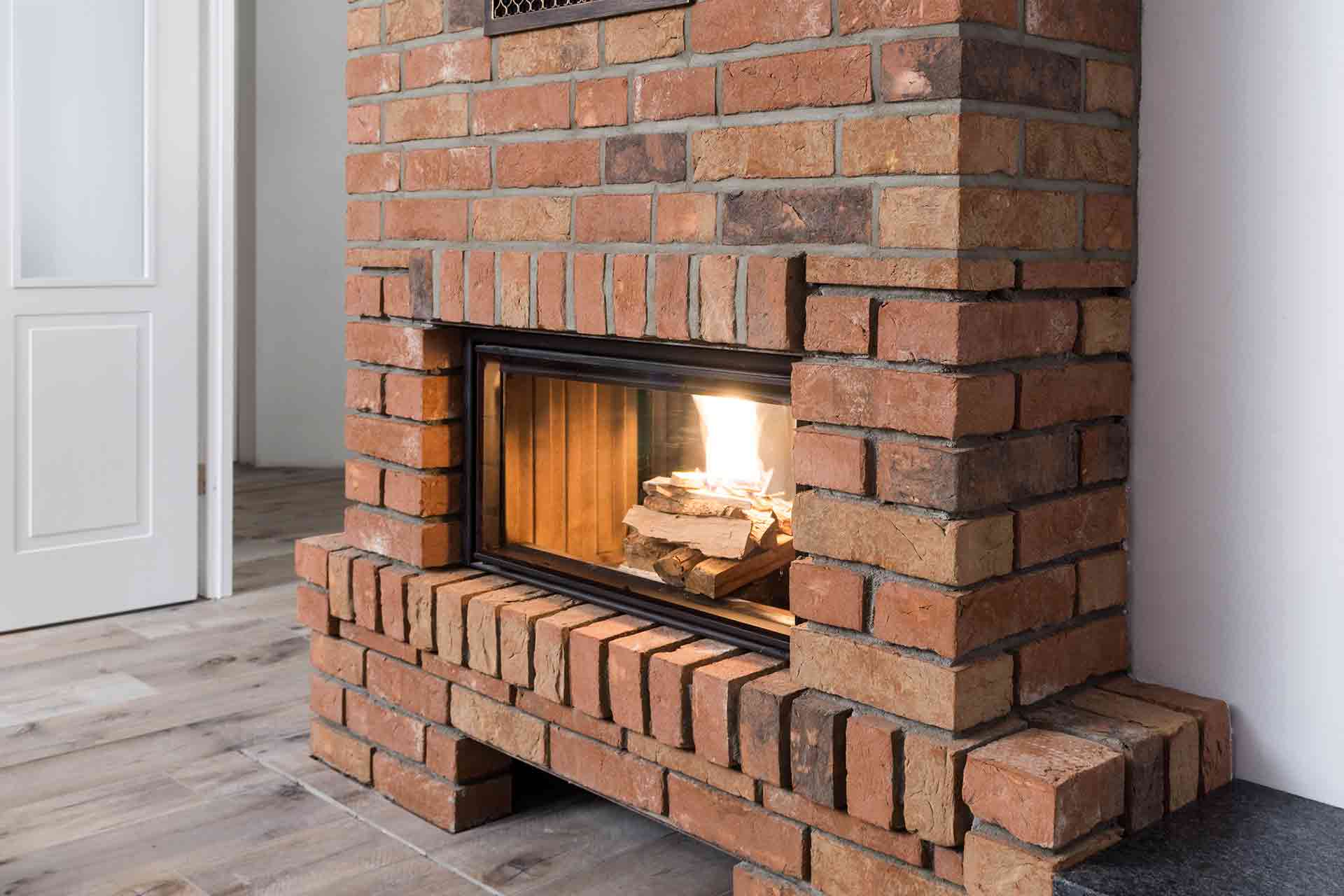

Articles
How Much Does It Cost To Install A Fireplace And Chimney
Modified: January 8, 2024
Looking for articles on the cost of installing a fireplace and chimney? Find the answers and estimates you need in this informative guide.
(Many of the links in this article redirect to a specific reviewed product. Your purchase of these products through affiliate links helps to generate commission for Storables.com, at no extra cost. Learn more)
Introduction
A fireplace can add warmth, ambiance, and value to any home. Whether you’re looking to cozy up on chilly evenings or enhance the aesthetics of your living space, installing a fireplace and chimney can be a worthwhile investment. However, before embarking on this project, it’s essential to understand the factors that influence the cost.
The cost of installing a fireplace and chimney can vary significantly based on several factors, including the type of fireplace and chimney, the materials used, and the complexity of the installation process. It’s important to consider these factors to ensure you make an informed decision that fits your budget and requirements.
In this article, we will explore the various factors that affect the cost of installing a fireplace and chimney, the different types of fireplaces and chimneys available, and the additional expenses you may encounter during the installation process. Whether you’re considering a traditional wood-burning fireplace, a gas fireplace, or an electric alternative, this comprehensive guide will help you make an informed decision based on your preferences and financial constraints.
Installing a fireplace and chimney involves multiple steps, including design, construction, and finishing. Each stage requires skilled labor, materials, and potentially permits, which contribute to the overall cost. By understanding these aspects and the different options available, you can successfully plan and budget for your fireplace and chimney installation.
Keep in mind that the cost estimates mentioned in this article are general guidelines, and actual prices may vary depending on your location, the scope of work, and the specific materials and finishes you choose. It’s always a good idea to consult with professionals and obtain detailed quotes before proceeding with any project of this nature.
Now, let’s delve into the factors that can influence the cost of your fireplace and chimney installation.
Key Takeaways:
- Installing a fireplace and chimney involves various factors that impact cost, including type of fireplace, chimney materials, and additional expenses. Understanding these factors is crucial for informed decision-making and budgeting.
- While DIY installation may seem cost-effective, professional installation offers expertise, safety, efficiency, and long-term value. Consider factors such as experience, building codes, safety, time, warranty, and insurance when making your decision.
Factors Affecting Cost
Several factors come into play when determining the cost of installing a fireplace and chimney. Understanding these factors will help you estimate the overall expenses and make more informed decisions. Here are the key factors that can influence the cost:
- Type of Fireplace: The type of fireplace you choose will significantly impact the cost. Wood-burning fireplaces tend to be more expensive due to the materials, ventilation requirements, and complexity of installation. Gas and electric fireplaces are relatively easier and more cost-effective to install, as they require less construction work and do not need a chimney.
- Chimney Construction: If you opt for a wood-burning fireplace or a traditional gas fireplace, you will need a chimney. The type of chimney you choose can affect cost. A masonry chimney, built with bricks or stones, is the most durable and expensive option. Alternatively, you can opt for a prefabricated metal chimney, which is generally more affordable.
- Materials: The materials used for the fireplace and chimney construction also impact the cost. High-quality, fire-resistant materials like firebricks, refractory panels, and stainless steel liners may increase the overall expenses. However, investing in durable materials can ensure the longevity and safety of your fireplace.
- Size and Complexity: The size and complexity of the fireplace and chimney installation will affect the cost. A larger fireplace or a more intricate chimney design may require additional labor, materials, and time, resulting in higher costs. Similarly, if your installation involves structural modifications to your home, such as building an entirely new chimney, the expenses will be higher.
- Location and Accessibility: The geographical location and accessibility of your home can impact the cost. If your property is situated in a remote area or has challenging terrain, transportation costs may be higher for materials and equipment. Additionally, if the installation requires challenging access to the roof or interior of your home, it may require specialized equipment or additional labor, increasing the overall cost.
These are some of the primary factors that contribute to the cost of fireplace and chimney installation. It’s essential to consider these factors to ensure you allocate the appropriate budget and make informed choices throughout the process. Keep in mind that consulting with professionals who specialize in fireplace installations can provide you with accurate cost estimates and comprehensive guidance tailored to your specific needs.
Types of Fireplaces and Chimneys
When it comes to fireplaces and chimneys, there is a wide range of options available to suit different preferences and budgets. Understanding the various types will help you make an informed decision that aligns with your style and requirements. Here are some of the common types of fireplaces and chimneys:
- Wood-Burning Fireplaces: Wood-burning fireplaces are the traditional and most aesthetically pleasing option. They create a cozy and authentic atmosphere with the crackling sounds and the natural scent of burning wood. However, wood-burning fireplaces require a masonry chimney to safely vent the smoke. This type of fireplace is typically more expensive to install due to the construction and ventilation requirements.
- Gas Fireplaces: Gas fireplaces offer convenience and ease of use. They are fueled by natural gas or propane, providing instant and controllable heat. Gas fireplaces can be vented through a traditional chimney, direct vented through an exterior wall, or ventless, which do not require a chimney. Direct vented gas fireplaces are the most popular option as they offer the safety of venting outside while eliminating the need for a masonry chimney.
- Electric Fireplaces: Electric fireplaces have gained popularity due to their versatility and ease of installation. They do not require any venting or chimneys, making them a suitable option for apartments or houses without the necessary infrastructure. Electric fireplaces generate heat through electricity and often include realistic flame effects, offering a visually appealing focal point without the need for real flames.
- Ethanol Fireplaces: Ethanol fireplaces are an eco-friendly option that burn bioethanol, a renewable and clean-burning fuel. They offer the flexibility of installation without the need for a chimney or permanent venting. Ethanol fireplaces are often freestanding or wall-mounted, providing a modern and minimalist aesthetic. However, they may not generate as much heat as wood or gas fireplaces.
- Prefabricated Chimneys: Prefabricated chimneys are a cost-effective alternative to masonry chimneys. They are factory-built and made from metal, which makes them lighter, easier to install, and more affordable. Prefabricated chimneys can be compatible with wood-burning or gas fireplaces, depending on the specific model and manufacturer.
These are just a few examples of the types of fireplaces and chimneys available. Each type offers its own set of benefits and considerations, so it’s important to research and consult with professionals to determine which option best suits your needs, budget, and the existing infrastructure of your home.
Cost of Different Fireplace Styles
The cost of installing a fireplace can vary depending on the style and materials used. Each fireplace style has its own unique features and characteristics, which can influence the overall cost. Here are some popular fireplace styles and their associated costs:
- Traditional Wood-Burning Fireplace: A traditional wood-burning fireplace is typically the most expensive option due to the materials and construction required. The cost can range from $5,000 to $20,000 or more, depending on factors such as the size of the fireplace, the complexity of the chimney, and the materials used for the hearth and mantel. Keep in mind that ongoing costs for purchasing and storing wood also need to be considered for this type of fireplace.
- Gas Fireplace: Gas fireplaces offer convenience and are generally more affordable compared to wood-burning fireplaces. The cost of a gas fireplace can range from $2,500 to $10,000, depending on the type of gas fireplace you choose, the complexity of the installation, and any additional features or customization options. Direct vented gas fireplaces are typically more expensive due to the installation of venting systems.
- Electric Fireplace: Electric fireplaces are the most cost-effective option when it comes to installation. They are generally priced between $500 and $3,000, depending on the size, style, and additional features like remote controls, adjustable flame effects, or built-in heating elements. The ease of installation and the absence of ventilation requirements make electric fireplaces a budget-friendly choice.
- Ethanol Fireplace: Ethanol fireplaces are priced in a similar range to electric fireplaces, typically between $500 and $3,000. Their cost depends on factors such as the design, size, and materials used. Keep in mind that the ongoing cost of bioethanol fuel should also be considered.
- Prefabricated Fireplace: Prefabricated fireplaces, which are factory-built and made from metal, are a cost-effective choice compared to masonry fireplaces. The cost can range from $2,000 to $10,000, depending on the size, style, and any additional features or customization options. Prefabricated fireplaces offer a more budget-friendly alternative without compromising on safety or functionality.
It is important to note that these cost ranges are estimates and can vary depending on several factors, including the location, labor costs, materials used, and any additional features or customization options. Consulting with professionals and obtaining detailed quotes will give you a more accurate understanding of the cost associated with your specific fireplace style of choice.
Remember to also consider the long-term costs, such as maintenance, repairs, and fuel expenses, when determining the overall affordability of a particular fireplace style.
When considering the cost of installing a fireplace and chimney, it’s important to factor in the type of fireplace, materials, labor, and any necessary permits. It’s also wise to get multiple quotes from reputable contractors to ensure a fair price.
Cost of Different Chimney Materials
The cost of installing a chimney can vary depending on the materials used for its construction. Different chimney materials offer varying levels of durability, aesthetics, and cost. Here are some common chimney materials and their associated costs:
- Masonry Chimney: A masonry chimney is constructed with bricks or stones and is considered the most durable and aesthetically pleasing option. However, it is also the most expensive. The cost of a masonry chimney can range from $10,000 to $20,000 or more, depending on factors such as the height of the chimney, the complexity of the design, and the cost of labor in your area. This cost includes materials, labor, and any necessary permits.
- Prefabricated Metal Chimney: Prefabricated metal chimneys are factory-built and made from stainless steel or other metals. They are a more affordable alternative to masonry chimneys, with costs ranging from $3,000 to $8,000. The price will depend on factors such as the length, diameter, and insulation of the chimney, as well as any additional accessories or components required for installation.
- Factory-Built Masonry Chimney: Factory-built masonry chimneys offer the look and feel of a traditional masonry chimney but are constructed using precast components. They are more cost-effective than fully custom masonry chimneys, with prices ranging from $5,000 to $10,000. The cost can depend on factors such as the complexity of the design, the height of the chimney, and any additional features or finishes.
- Double-Wall Metal Chimney: Double-wall metal chimneys are commonly used for gas fireplaces and provide insulation to ensure safe venting. These chimneys are generally more affordable, with costs ranging from $500 to $2,000. The price will depend on factors like the length, diameter, and insulation rating of the chimney.
- Clay or Ceramic Tile Chimney: Clay or ceramic tile chimneys are a traditional and aesthetically pleasing option. They are typically used for wood-burning fireplaces and provide good insulation. The cost of a clay or ceramic tile chimney can range from $5,000 to $10,000, depending on factors such as the size, complexity of the design, and the cost of labor in your area.
It is important to consider not only the cost but also the advantages and disadvantages of each chimney material when making your decision. Factors such as the climate in your area, the specific requirements of your fireplace, and your budget will all come into play. Consulting with professionals who specialize in chimney installation can provide you with more accurate cost estimates and guidance tailored to your specific needs.
Additionally, keep in mind that the cost estimates provided are general guidelines and can vary based on factors such as the location, labor costs, and any additional customization or complexity involved in your chimney installation.
Additional Costs
When budgeting for a fireplace and chimney installation, it’s important to consider the various additional costs that may arise during the process. These costs are in addition to the primary expenses of the fireplace and chimney themselves. Here are some common additional costs to keep in mind:
- Permits and Inspections: Depending on your location, you may need to obtain permits for the construction of your fireplace and chimney. Permit costs can vary significantly, ranging from a few hundred dollars to several thousand. Additionally, inspections may be required to ensure compliance with building codes and safety regulations.
- Masonry Work and Finishes: If you opt for a masonry chimney or fireplace, additional costs may arise for masonry work and finishes. This can include the cost of bricks, stones, mortar, and any additional decorative elements or finishes you choose.
- Venting and Flue Installation: Proper venting is essential for the safe operation of your fireplace. The cost of venting and flue installation will depend on factors such as the type of fireplace and chimney you choose, the length of the venting system, and any additional insulation requirements.
- Hearth and Mantel: The hearth and mantel are essential components of a fireplace, both functionally and aesthetically. The cost of a hearth and mantel can vary depending on the materials used, such as stone, marble, tile, or wood.
- Gas Line or Electrical Work: If you choose a gas or electric fireplace, you may need to extend or install a gas line or additional electrical connections. The cost of this work will depend on the distance and complexity of the installation, as well as any necessary permits.
- Fireplace Accessories: Consider the cost of fireplace accessories such as screens, grates, tool sets, and log holders. These items add functionality and enhance the overall aesthetic appeal of your fireplace.
- Finishing and Trim Work: Depending on the design and layout of your fireplace, additional finishing and trim work may be required. This can include paint, stain, or other finishes to match your existing décor.
It’s important to consult with professionals and obtain detailed quotes to accurately estimate these additional costs. This will help you create a comprehensive budget and avoid any surprises or unexpected expenses during the installation process.
Keep in mind that the additional costs mentioned here are common considerations, but your specific project may have unique requirements that can increase or decrease the overall expenses. Taking the time to plan and budget for these additional costs will ensure a more accurate estimation of the total investment needed for your fireplace and chimney installation.
DIY vs Professional Installation
When it comes to installing a fireplace and chimney, you may be tempted to consider a do-it-yourself (DIY) approach to save money. While DIY projects can be fulfilling and cost-effective in some instances, it’s essential to carefully evaluate whether it’s the right choice for this particular undertaking. Here are some factors to consider when deciding between DIY and professional installation:
- Experience and Expertise: Installing a fireplace and chimney requires specialized knowledge and skills. Professional installers have extensive experience working with a variety of fireplace styles and chimney materials. They understand the complexities involved and can ensure the installation is done correctly and safely. If you lack the necessary expertise, it’s best to hire professionals to avoid potential hazards and costly mistakes.
- Building Codes and Permits: Fireplace and chimney installations are subject to building codes and regulations. Professionals are well-versed in these requirements and can ensure that your installation meets all necessary standards. They can handle the permits and inspections, relieving you of the time-consuming administrative tasks and potential pitfalls of non-compliance.
- Safety Considerations: Safety is paramount when it comes to fireplace and chimney installations. Incorrectly installed fireplaces and chimneys can lead to fire hazards, gas leaks, or improper ventilation, posing serious risks to your home and health. Professionals have the expertise to ensure proper venting and adherence to safety guidelines, minimizing potential hazards.
- Time and Efficiency: Installing a fireplace and chimney is a complex project that requires significant time and effort. Professionals have the necessary tools, equipment, and manpower to complete the installation efficiently. Hiring professionals can save you time, allowing you to enjoy your fireplace sooner, without the hassle and stress of managing the project yourself.
- Warranty and Insurance: Professional installers typically offer warranties on their workmanship and may have liability insurance to protect against any mishaps during the installation. This provides you with peace of mind, knowing that you are covered in case of any unforeseen issues or damage that may arise during the installation process.
- Long-Term Value: A professionally installed fireplace and chimney can enhance the value of your home. Buyers often appreciate a well-designed and properly functioning fireplace, and a professional installation can help ensure that your investment pays off in the long run.
While DIY installation may seem like an attractive option from a cost perspective, it’s important to weigh the potential risks and drawbacks. Fireplace and chimney installations require specialized knowledge, skills, and tools that professionals possess. Hiring professionals not only ensures a safer and more efficient installation but also provides warranties and insurance coverage for added protection.
Consider your own capabilities, available time, and the level of expertise required before attempting a DIY installation. Investing in professional installation can offer a higher level of security, efficiency, and long-term value for your fireplace and chimney project.
Conclusion
Installing a fireplace and chimney can be a rewarding addition to any home, providing warmth, ambiance, and value. However, it’s important to consider the various factors that can impact the cost of the project. By understanding these factors and making informed decisions, you can ensure that the installation fits your budget and requirements.
We’ve explored the factors that affect the cost of a fireplace and chimney installation, such as the type of fireplace, chimney materials, size and complexity, location, and accessibility. Each of these factors plays a significant role in determining the overall expenses involved in the project.
Additionally, we’ve discussed the different types of fireplaces and chimneys available, including wood-burning fireplaces, gas fireplaces, electric fireplaces, and ethanol fireplaces. Each type has its own advantages and cost considerations, allowing you to choose the one that best suits your needs and budget.
It’s also important to consider the cost of different chimney materials, such as masonry, prefabricated metal, factory-built masonry, clay or ceramic tile, and double-wall metal. Understanding the benefits and costs associated with each material will help you make an informed decision based on your preferences and budget.
Furthermore, we’ve outlined additional costs that may arise during the installation process, including permits, masonry work, venting and flue installation, hearth and mantel, gas lines or electrical work, fireplace accessories, and finishing and trim work. Factoring in these additional costs will help you create a comprehensive budget and avoid any surprises along the way.
Lastly, we discussed the pros and cons of DIY versus professional installation. While DIY installations may seem appealing from a cost perspective, it’s important to consider the expertise, time, safety, and long-term value associated with professional installations. Hiring professionals ensures a higher level of quality, efficiency, and peace of mind.
In conclusion, installing a fireplace and chimney can be a significant investment, but one that can greatly enhance your home’s comfort, aesthetic appeal, and value. By understanding the factors that influence the cost, considering the different types of fireplaces and chimneys available, factoring in additional costs, and making informed decisions about DIY versus professional installation, you can embark on this project with confidence, knowing that you are making the right choices for your home and budget.
Frequently Asked Questions about How Much Does It Cost To Install A Fireplace And Chimney
Was this page helpful?
At Storables.com, we guarantee accurate and reliable information. Our content, validated by Expert Board Contributors, is crafted following stringent Editorial Policies. We're committed to providing you with well-researched, expert-backed insights for all your informational needs.
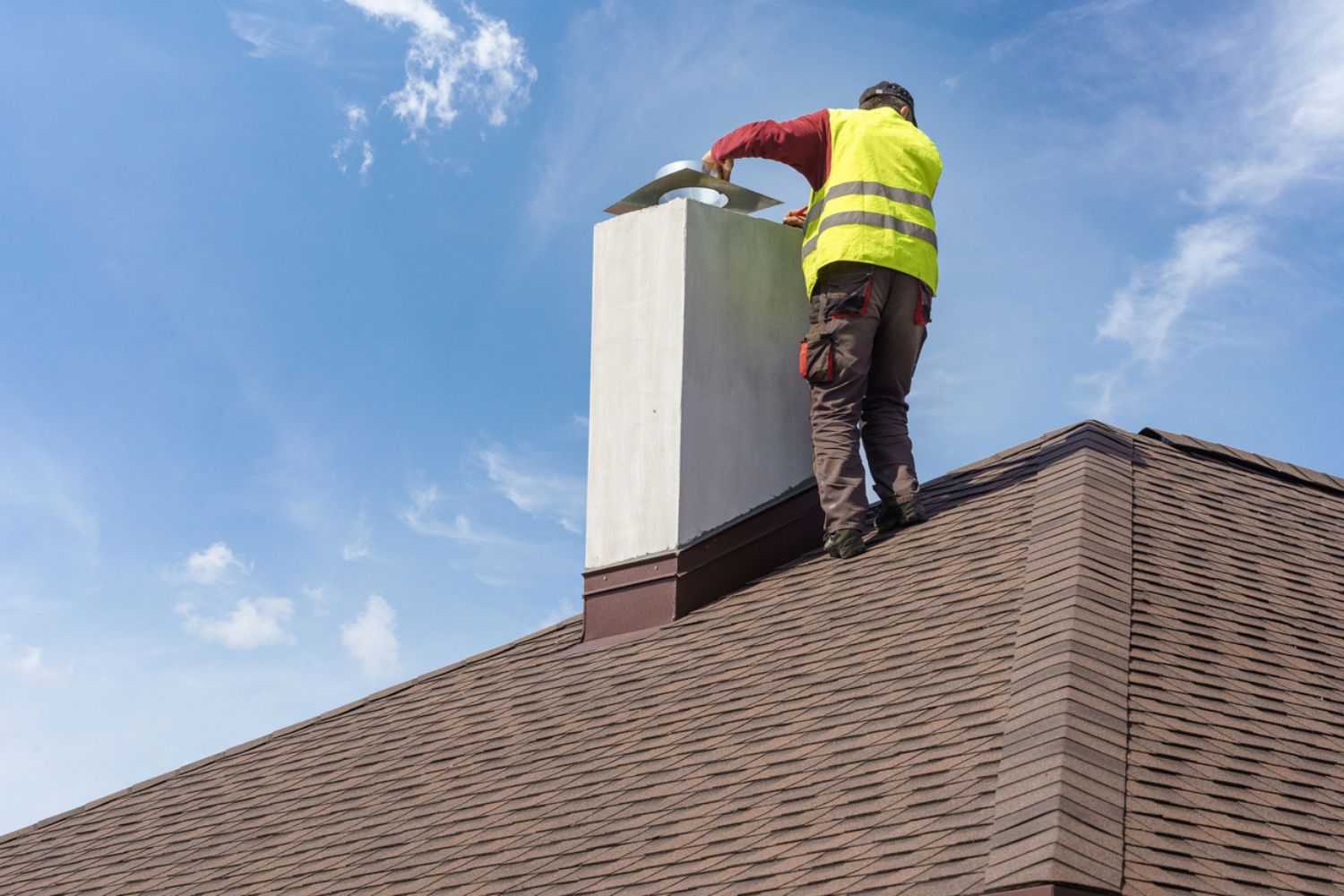
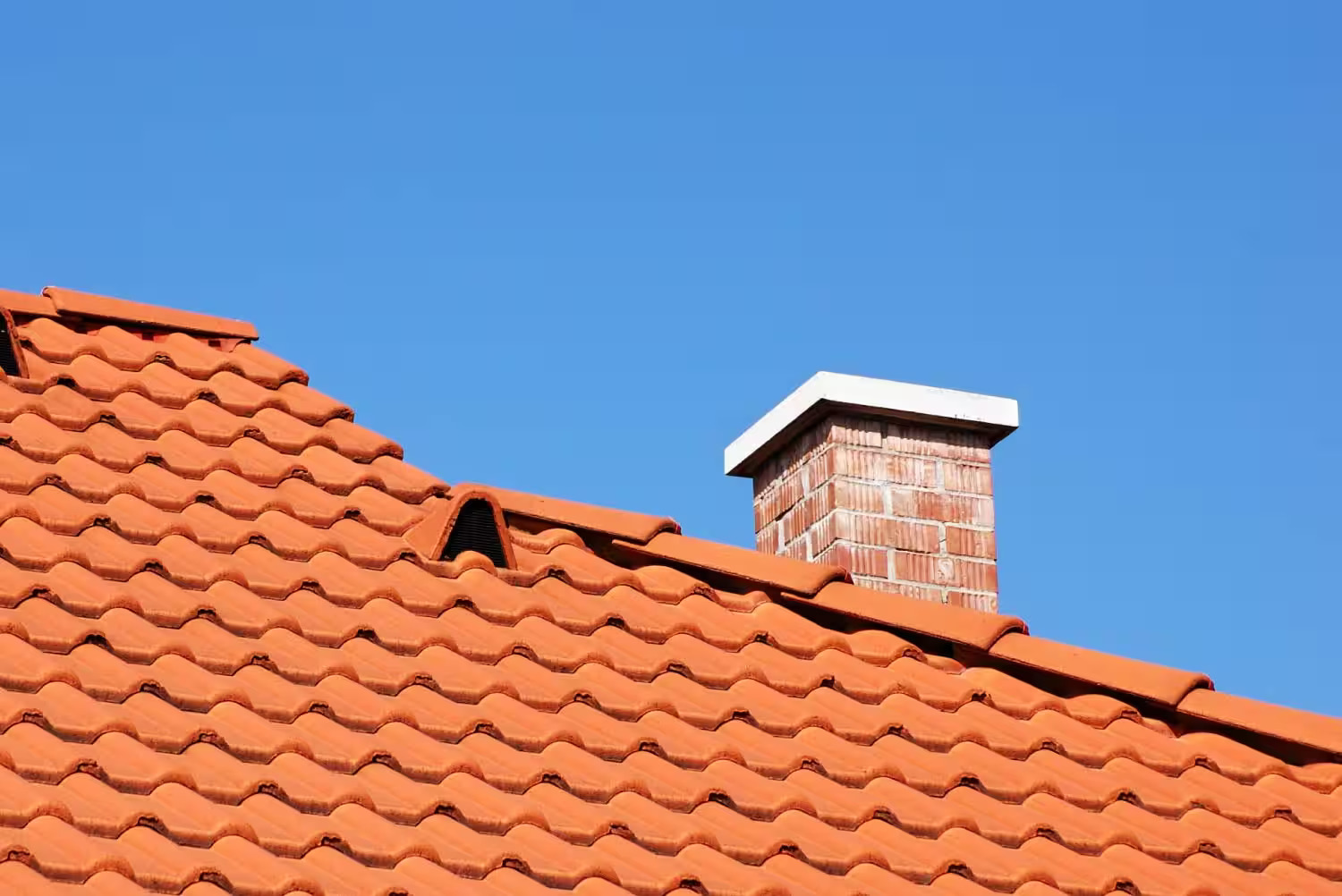
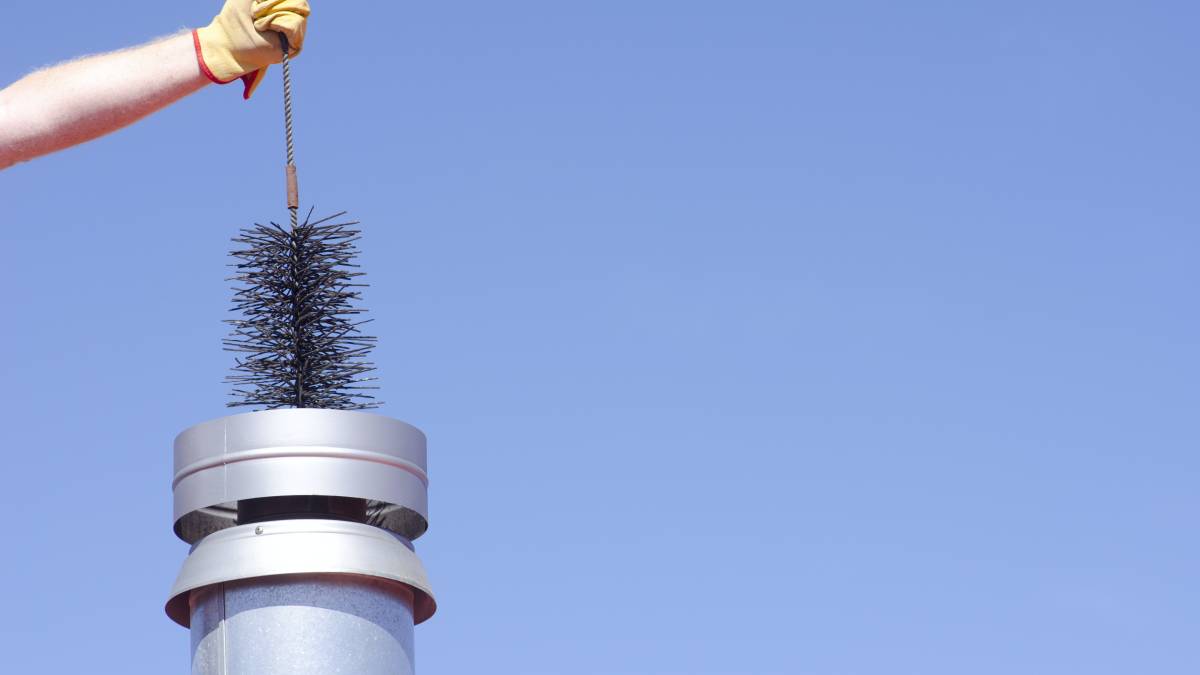
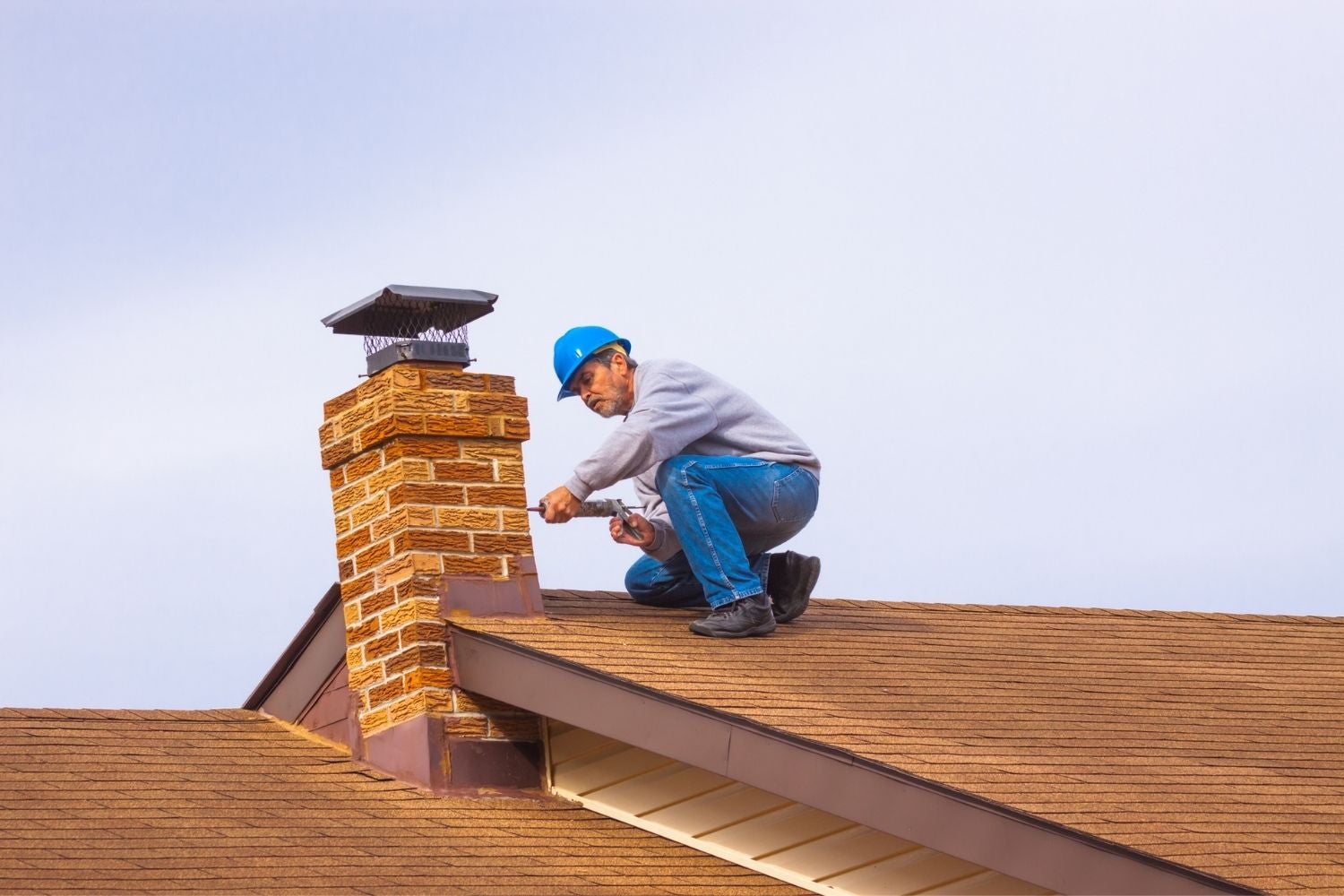
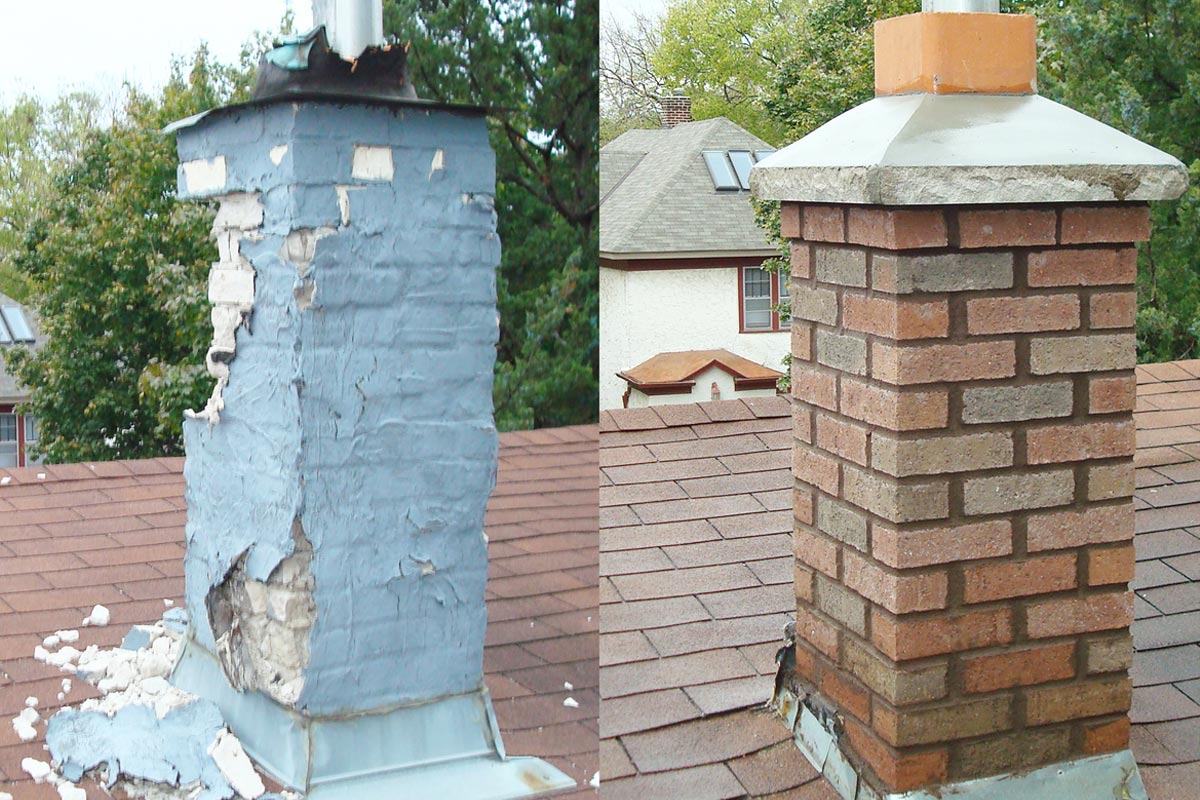
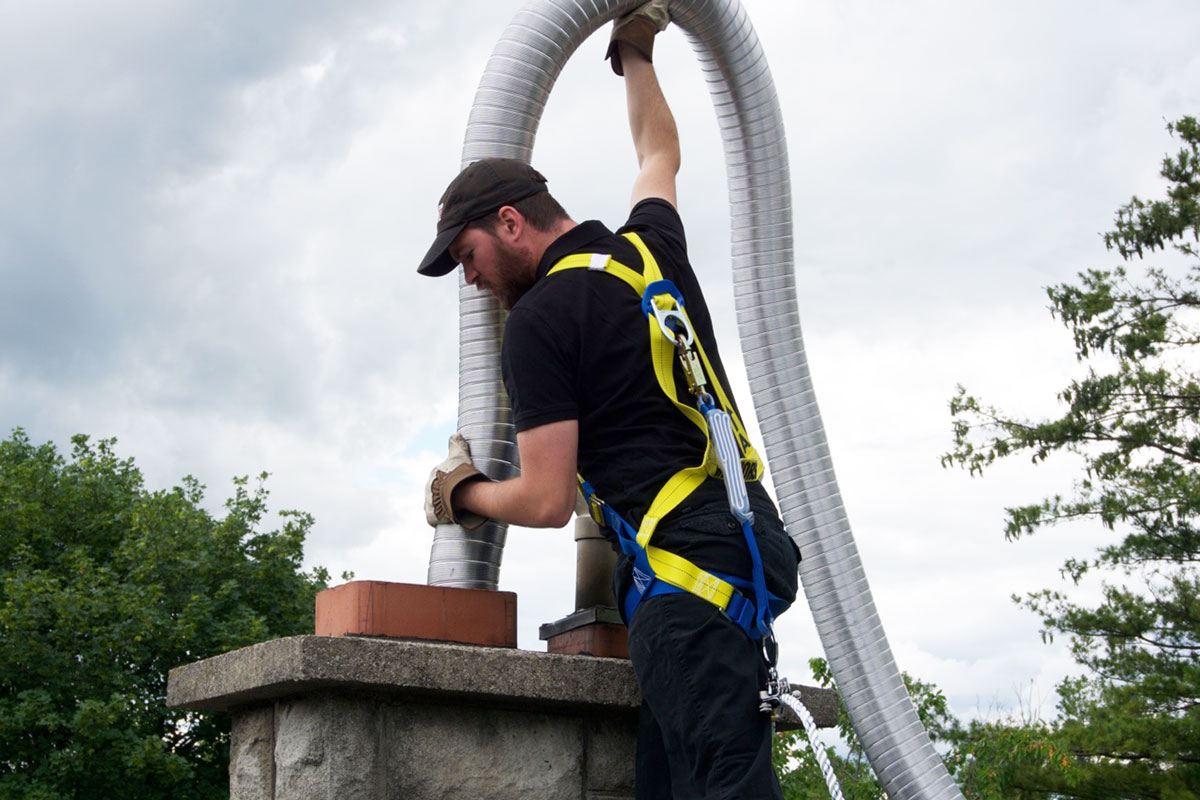
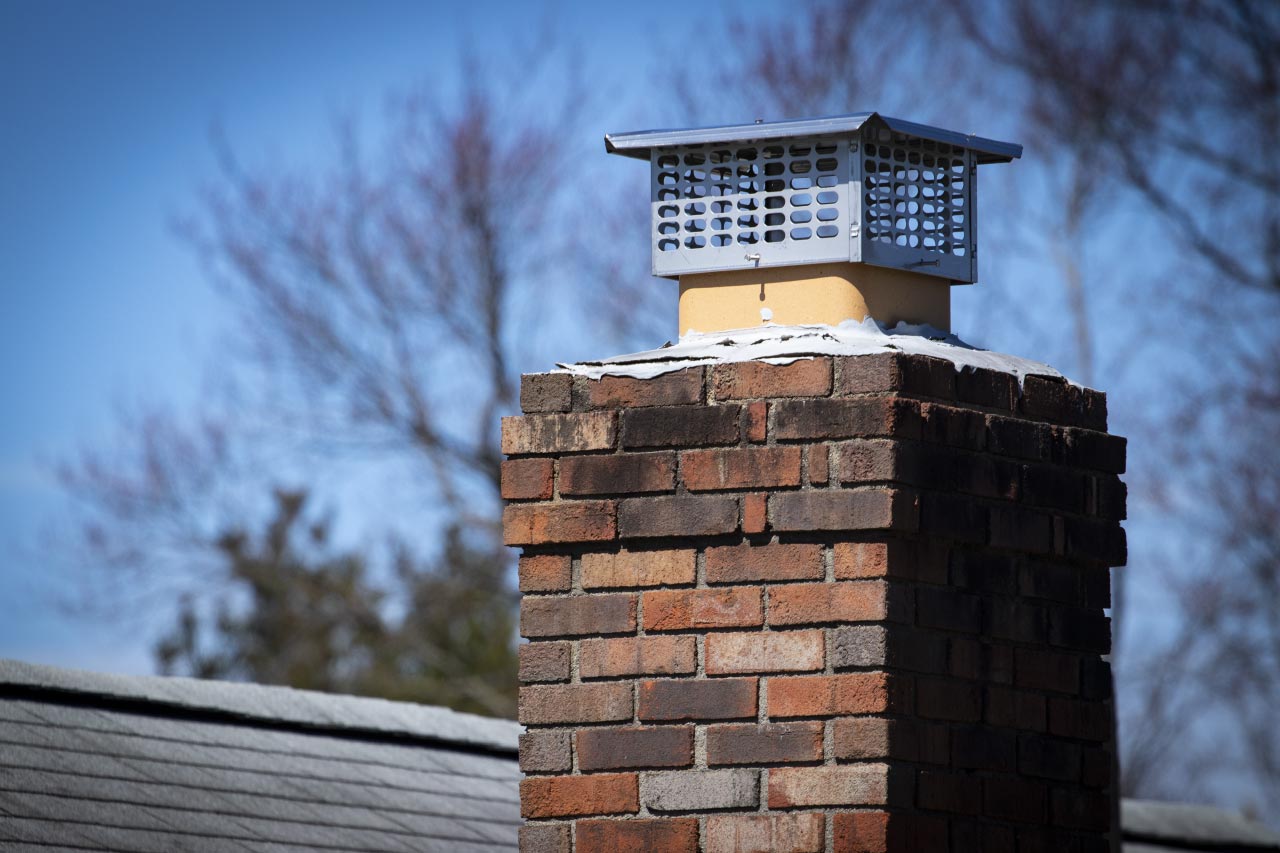

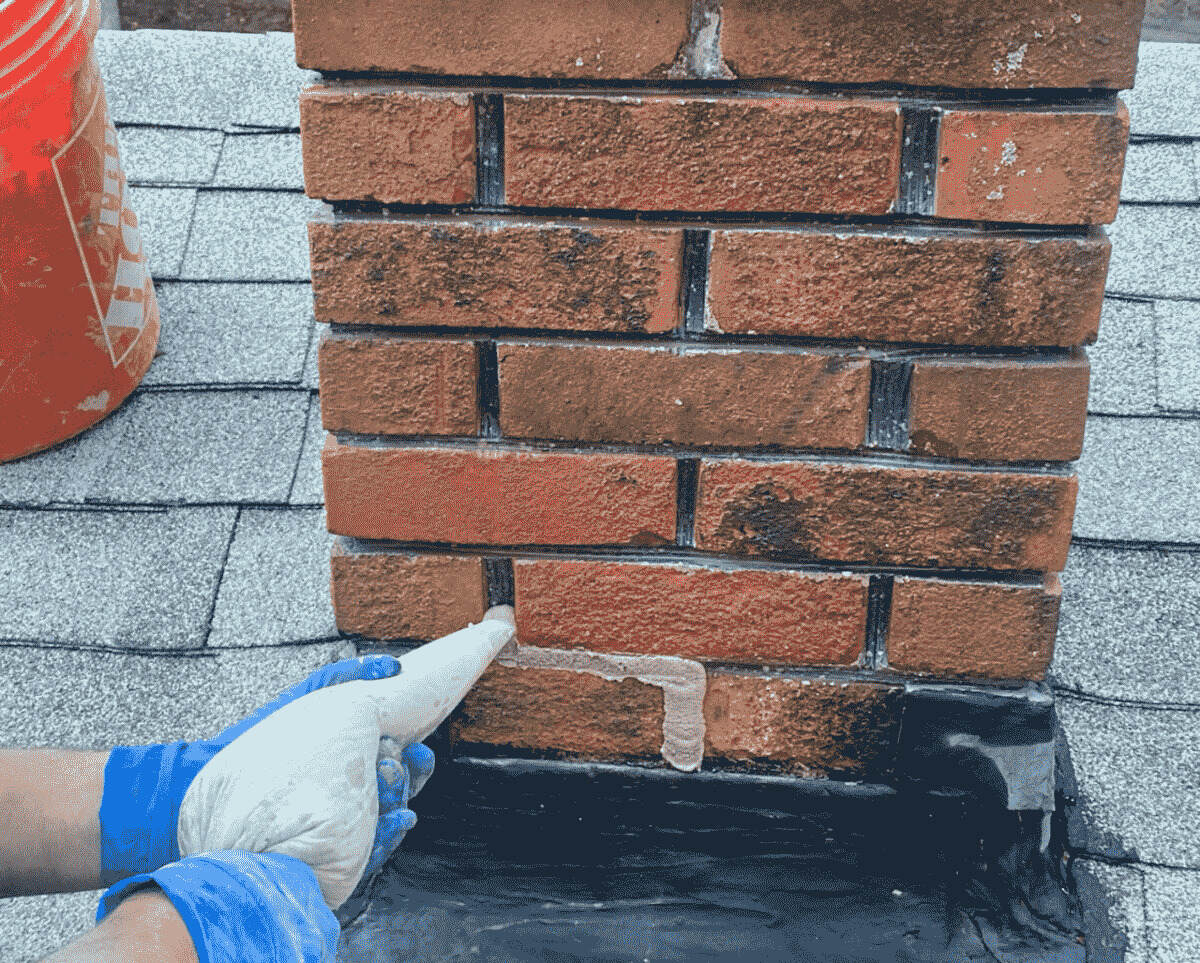
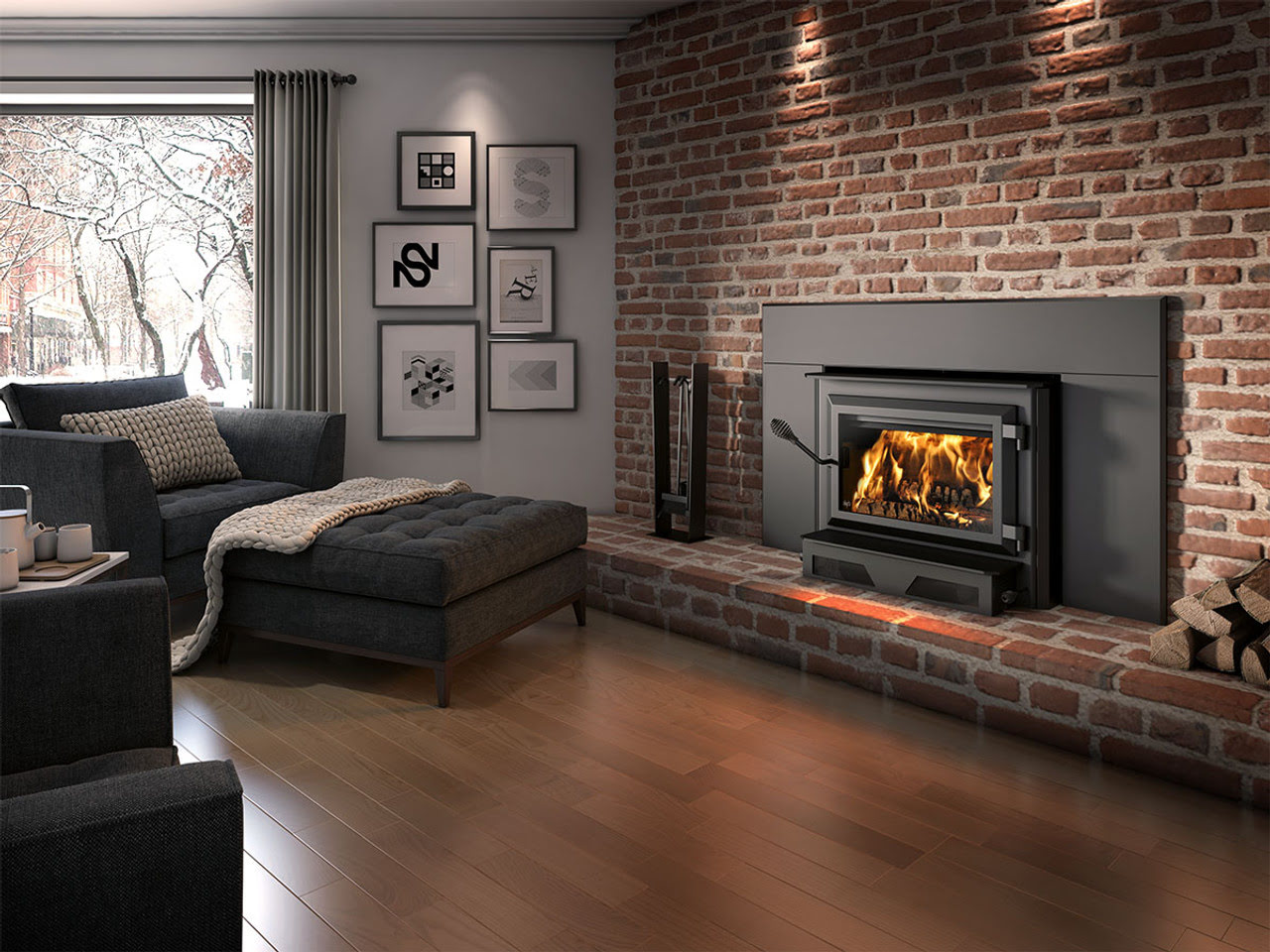
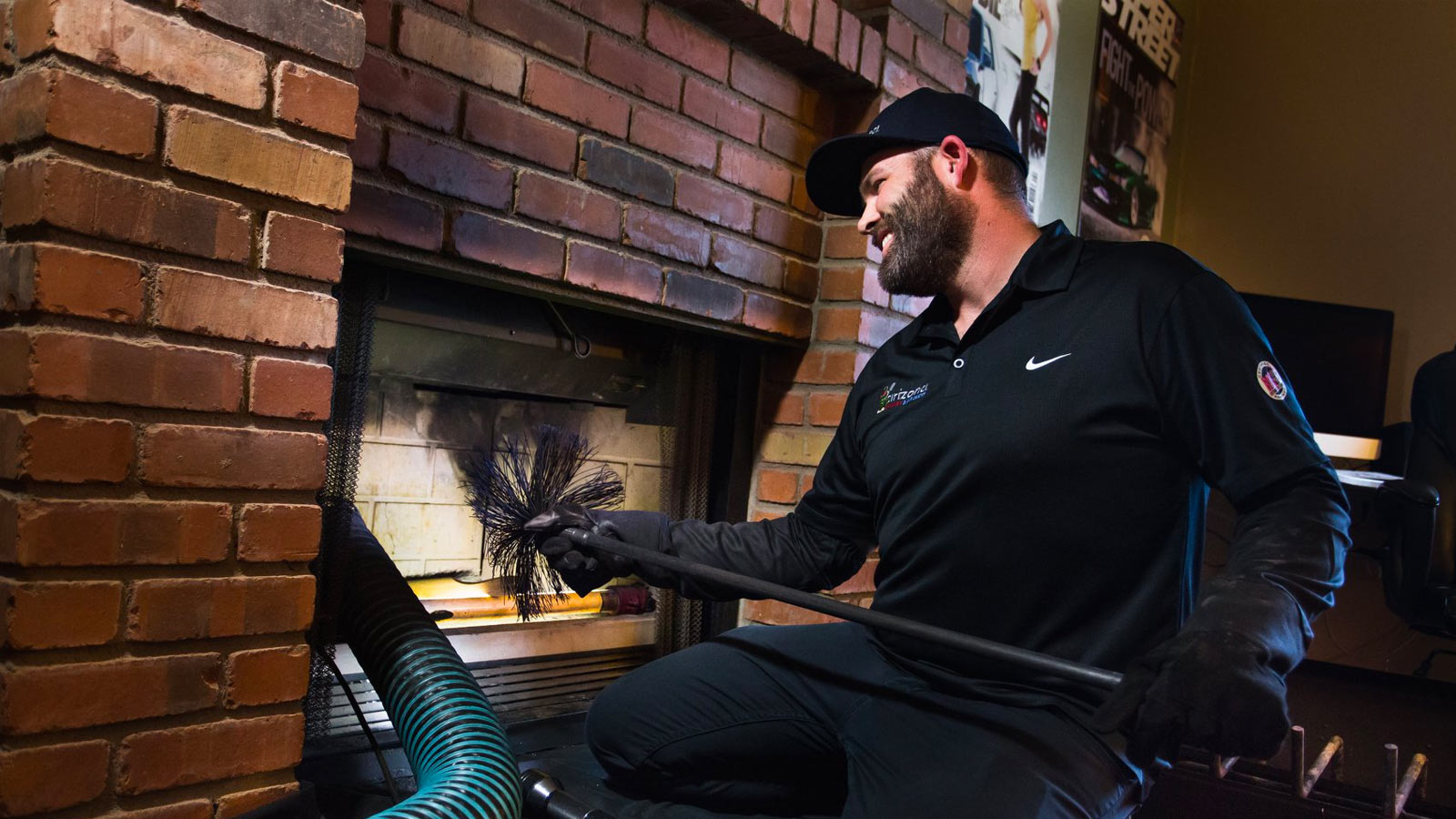
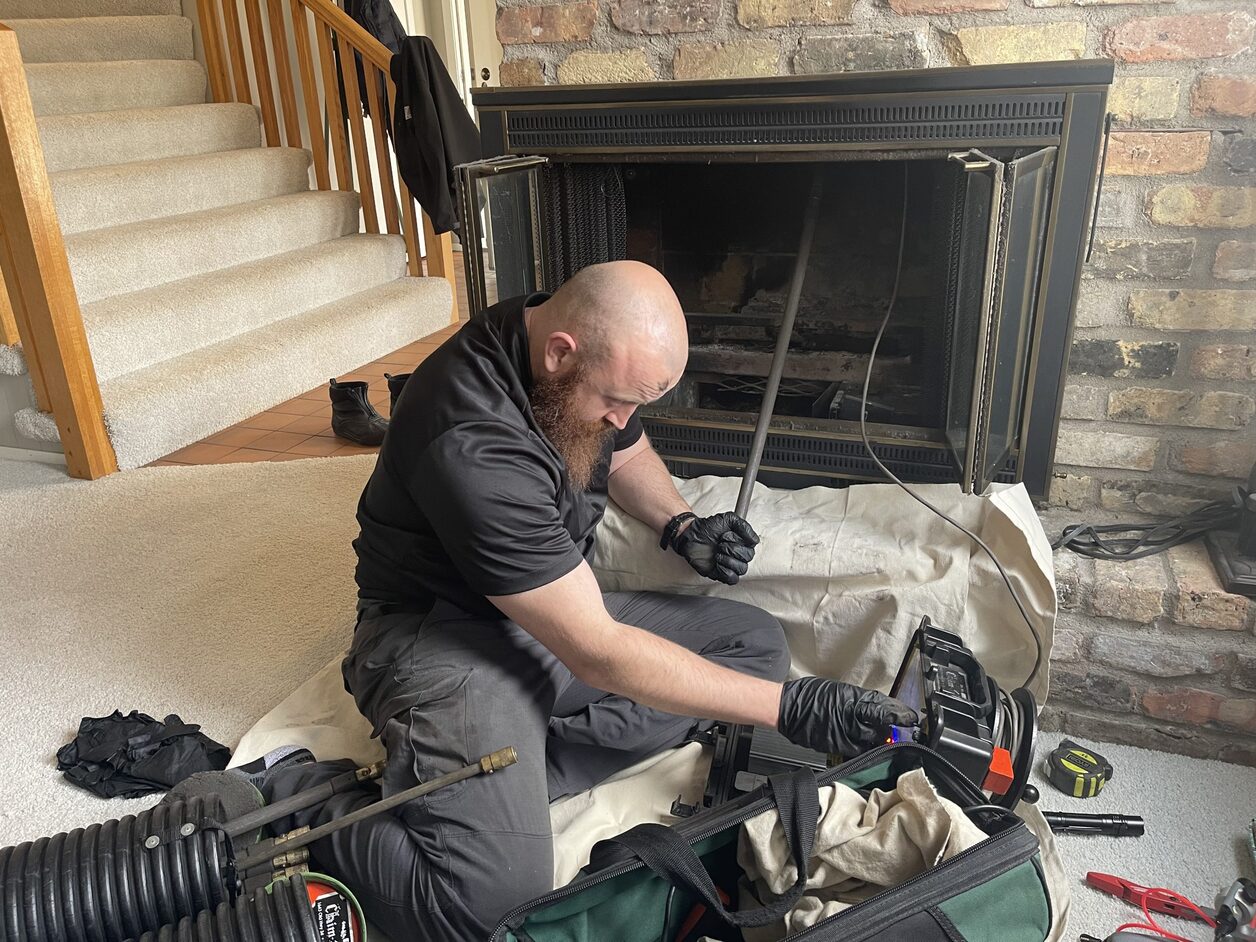
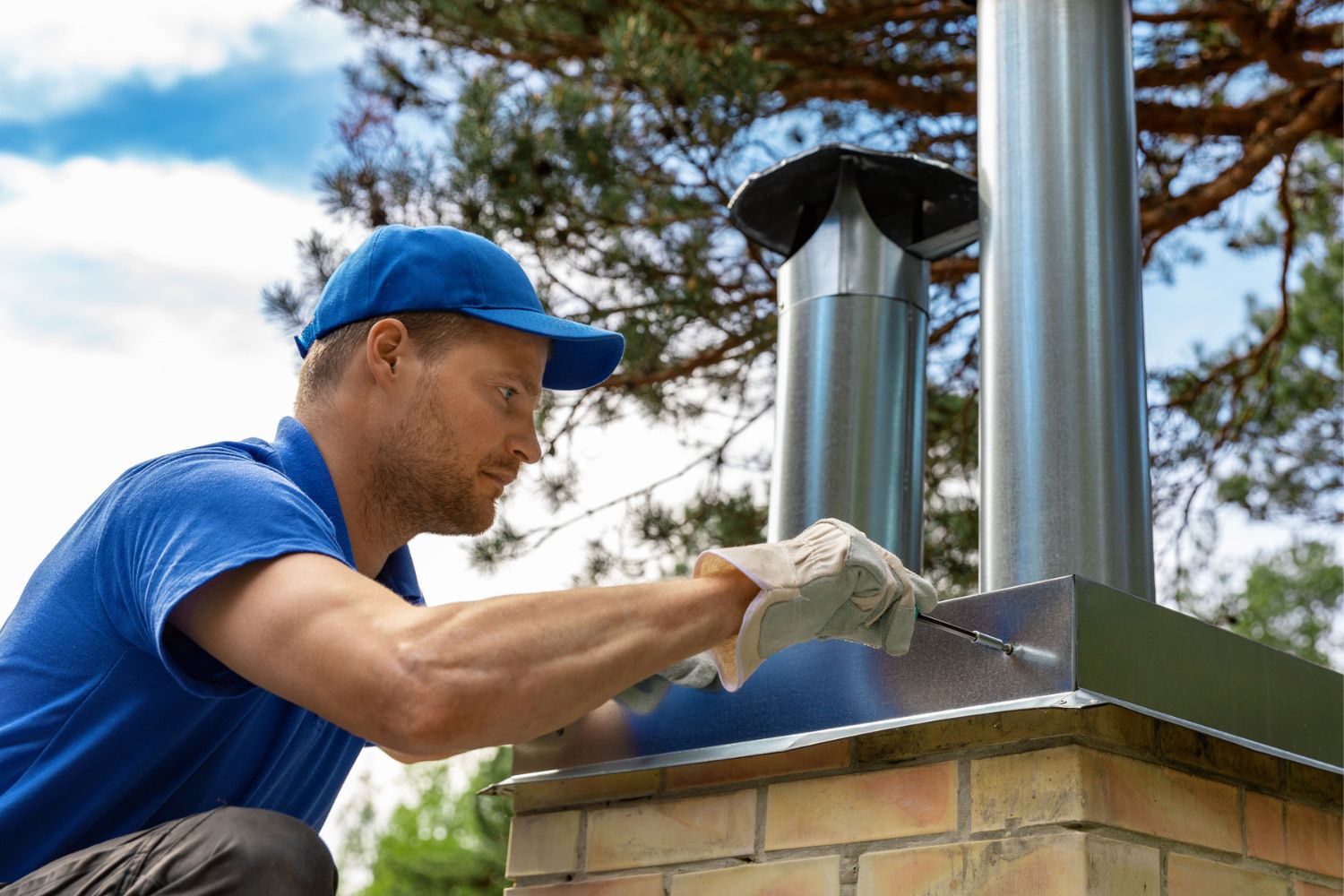
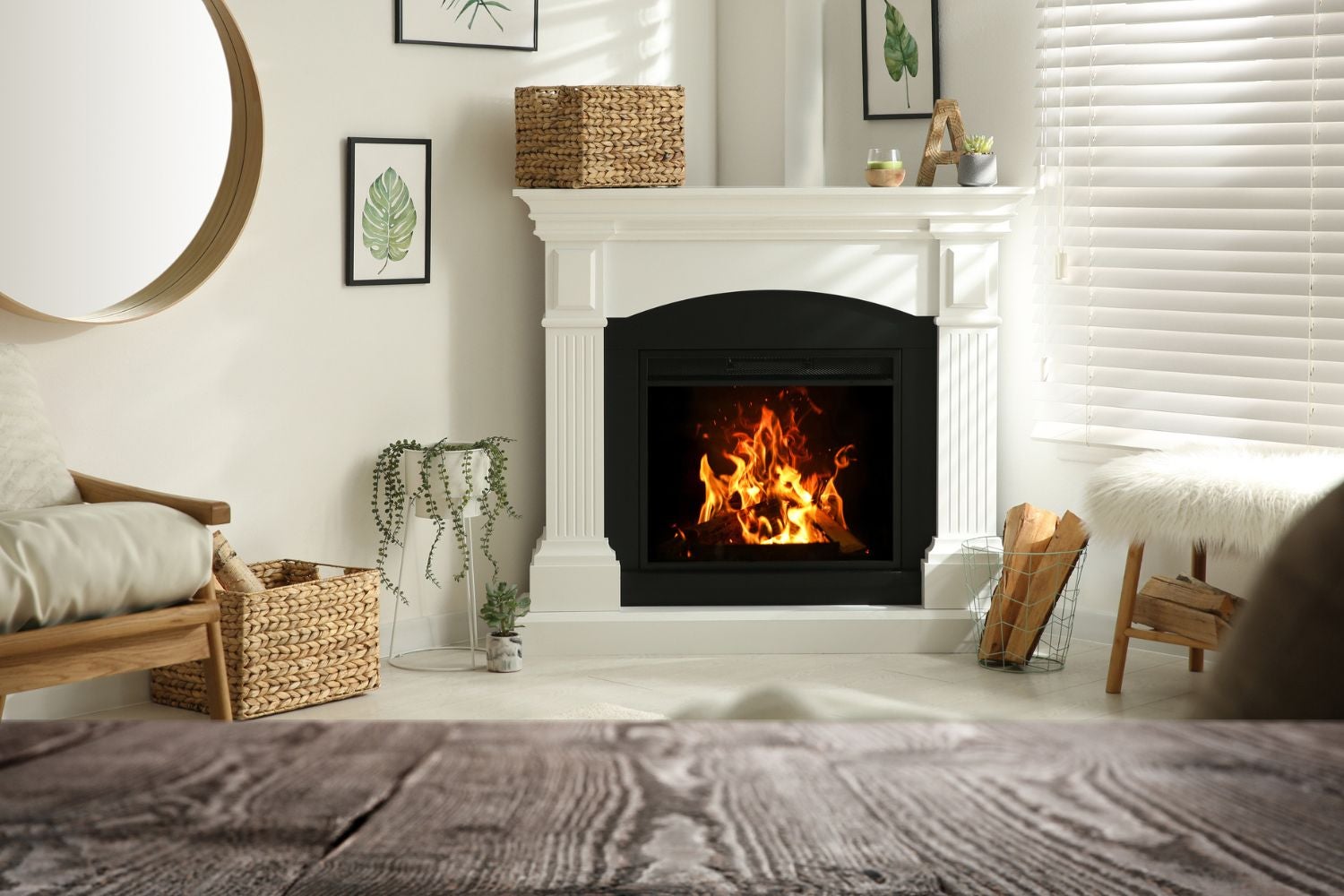

0 thoughts on “How Much Does It Cost To Install A Fireplace And Chimney”